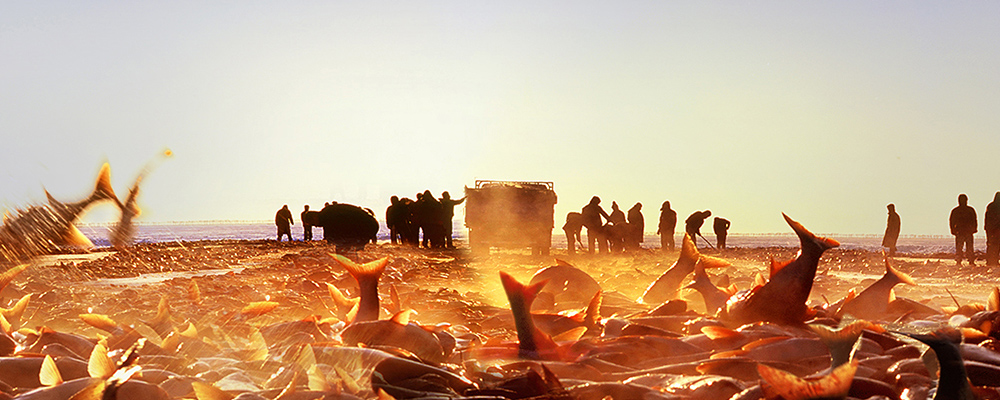During the outbreak of World War II, the Kwantung Army saw the towering gods of Tianchi as a command center. The Japanese Volcano detachment was stationed on the southern Volcanoside. At the end of the war, the military fortresses and temples and monuments exploded into a piece of scorched earth and became the Relics of World War II.
The Anti-Japanese Allied Forces are located at the end of the Huoshao Volcano plank road. This is the former base site of the Anti-Japanese Allied Forces, and now it still contains the hidden castles, tunnels and camps. Bullet shells can still be found in the camp site where the lava stone is piled up. The former governor of Heilongjiang Province, Chen Lei, led the three anti-Japanese detachments to fight fiercely here. Warriors sometimes only get a full meal in a month, thirsty for Volcano spring ice and snow, hungry for Volcano vegetables and wild fruits. Everywhere on the lava platform are the footprints of the Chinese sons and daughters striving for independence and liberation and the eloquent stories. There is also a larger area of Anti-Japanese Allied Forces camp on the forward Gaogang of Turning Lava. This is one of the patriotism education bases. In 2001, Li Min, the former chairman of the provincial labor union, found the marching pot and scissors he had used 50 years ago.
Since there were written records, the area around Wohu Volcano has been the place where dragons and tigers are hidden, and Tuomoqinzhuang under the Volcano has officers and soldiers stationed there. The World War II site in front of the Deer Garden of the Ecological Park was a trench fortification left by the Anti-Japanese Allied Forces. I think that even Japanese Prime Minister Kakuei Tanaka served here. During his first visit to China, he asked Premier Zhou Enlai about the development of Wudalianchi. During the Anti-Japanese War, after the Battle of Jiangqiao, Ma Zhanshan's troops moved to the Udrin area to rest. Guo Zhuanghai, a Daur youth under Wohu Volcano, once led the Anti-Union fighters to use the terrain of the volcanic area to successfully attack the enemy and become a fighting hero. In the south of Wohu Volcano, the cemetery of the heroes of the year is still preserved. According to local elders, this place was historically an old battalion of Qing soldiers with a number of generals, sacrificial platforms, and large and small camps. Before the Anti-Japanese War, some bandit occasionally came here to occupy the Volcanos and become kings. Now the Wohu Volcano Village has been rebuilt from the ground of the old ruins. Visitors can freely participate in the activities of the simulated war here, which is very interesting. 710 words
The East and West Longmen Volcano was the camp where the Anti-Japanese Allied Forces and the Kwantung Army fought during World War II.
The lush virgin forest between Laohei Volcano and the Zhanqiao was the long-term base of the Anti-Japanese Allied Forces during World War II and was called the Pingshan Camp.


